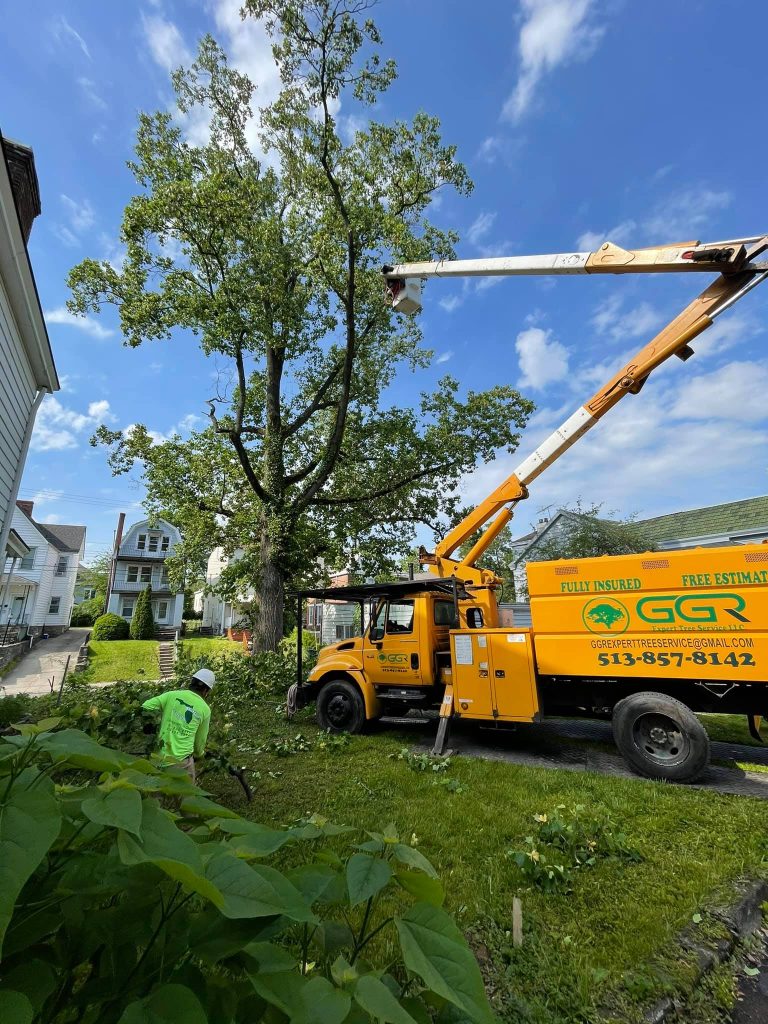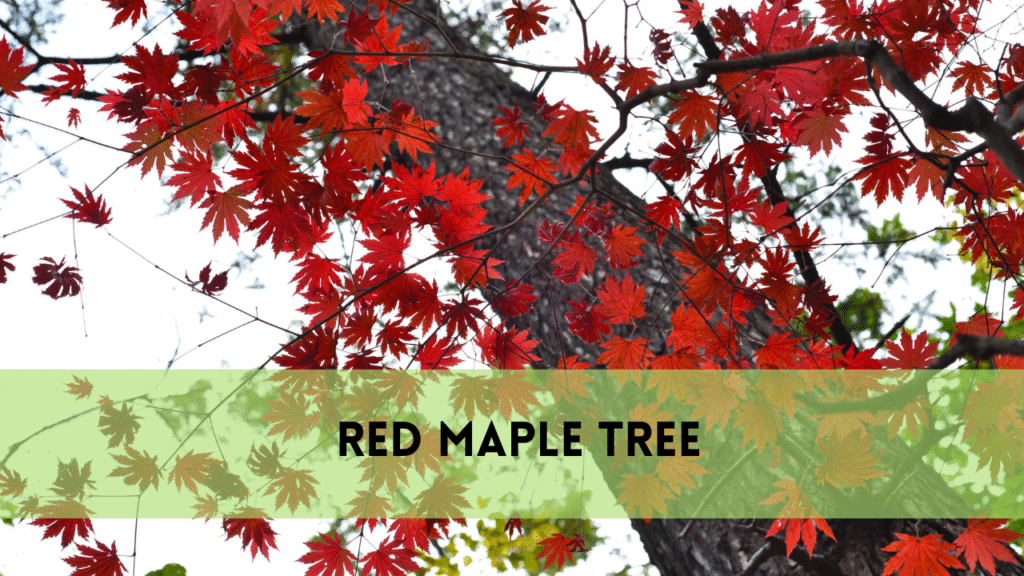Tree replacement
Tree replacement is an important strategy in landscaping and environmental protection. It entails the removal of deteriorating, harmful, or inappropriate trees and the planting of new, healthy species. This technique attempts to conserve landscape beauty, maintain ecological balance, and provide a sustainable ecosystem.
Trees, as crucial components of our ecosystem, contribute greatly to air quality, offer shade, sustain animals, and improve the visual attractiveness of our surroundings. However, due to a variety of circumstances, such as illness, age, environmental changes, or unsuitability for the location, trees may degrade or pose problems, needing replacement.
Importance of Tree Replacement
Tree replacement is critical to maintaining dynamic landscapes, preserving ecological balance, and guaranteeing a sustainable ecosystem.
Enhancing Ecosystem Health:
Replacing declining or dangerous trees improves ecosystem health. Healthy trees help to purify the air, promote biodiversity by providing homes for species, and contribute to the general health of the ecosystem.
Mitigation of Safety and concerns:
Removing unhealthy, unstable, or dead trees decreases safety concerns. Hazardous trees that fall during storms or bad weather conditions endanger property and human safety, necessitating their replacement.
Landscape Beautification:
Replacing trees revitalizes landscapes and increases property value. New, healthy trees help to create a more visually appealing setting, increasing curb appeal and home value.
Environmental Stewardship:
Selecting and planting suitable tree species in line with the local climate and soil conditions demonstrates responsible environmental stewardship, fostering a sustainable and greener environment
Signs Indicating the Need for Tree Replacement
Identifying indications that signal the need for tree replacement is critical in maintaining a safe and healthy landscape. Several crucial factors indicate that trees must be replaced:
Diseased or Dying Trees: Visible evidence of illness, such as discoloured or wilted leaves, bark irregularities, or fungal growth, indicate diminishing tree health. Trees that show persistent indications of decay or illness may require replacement to avoid further spread or permanent harm.
Structural Issues or Instability: Trees with structural flaws, such as leaning, substantial trunk damage, or root problems, constitute a safety concern. Instability or weakened structural integrity indicates that tree replacement is required to avoid possible dangers such as tree collapse.
Unsuitable Tree Species for the Environment: Trees planted in areas where they struggle to survive owing to incompatible soil conditions, climate, or restricted space may show stunted growth or poor health. Replacing such trees with species that are more adapted to the environment results in healthier, more robust growth.
Benefits of Tree Replacement
Tree replacement has numerous important benefits that contribute to landscape health, environmental sustainability, and safety:
Improved Landscape Aesthetics: Introducing young, healthy trees rejuvenates landscapes, boosting visual appeal and adding vitality. Trees that are well-chosen improve curb appeal, making the surroundings more inviting and visually beautiful.
Improved Environmental Health: Tree replacement helps to healthier ecosystems. New trees promote biodiversity, offer habitat for wildlife, and help in oxygen generation and carbon dioxide absorption, so improving overall environmental health.
Safety Risk Mitigation: Removing dangerous or aging trees reduces safety hazards. Replacement helps to reduce tree-related incidents such as falling limbs or tree collapse during inclement weather, protecting both property and persons.
Sustainable Ecosystems: Planting tree species that are compatible with the environment increases sustainability. Trees that have adapted to their surroundings survive better, require less upkeep, and contribute to a more resilient and sustainable ecology.
Soil and water conservation: Tree replacement that is well-planned minimizes soil erosion, improves soil health, and aids in water retention, all of which contribute to enhanced soil quality and water conservation.
Tree Replacement Process
Several critical processes are included in the tree replacement process to guarantee effective and healthy tree establishment:
1. Evaluation and Consultation:
Begin with a thorough examination of existing trees. Assess their health, structural integrity, and environmental adaptability. Consult with arborists or tree specialists to evaluate if replacement is required and to discover acceptable replacement species.
2. Tree Selection and Planting:
Choose tree species that are suitable with the local climate, soil conditions, and available space. Ensure that the trees selected have the appropriate traits and development patterns. Prepare the planting location, drill adequate holes, then plant trees using correct planting procedures and depth requirements.
3. Aftercare and Maintenance:
After planting, offer necessary care and maintenance to freshly planted trees. Water trees thoroughly, especially during the establishing phase. Mulch is used to keep moisture in the soil and to keep weeds at bay. Prune as needed to foster healthy development and eliminate any dead or damaged branches.
4. Monitoring and Follow-up:
Regularly examine freshly planted trees for symptoms of stress, disease, or poor development. Address any problems as soon as possible to guarantee the trees’ successful establishment. Follow up with regular care and maintenance throughout the first growing phases.
5. Long-Term Care:
Continue to give regular care and upkeep as the trees age. Pruning, watering, fertilizer, and pest management measures should be used as needed to promote tree health and longevity.
Choosing Suitable Trees for Replacement
Choosing suitable trees for replacement necessitates careful consideration of a number of criteria in order to ensure their successful development and compatibility with the environment.
Environmental Considerations:
Select tree species that are suited to the local environment, taking temperature ranges, rainfall patterns, and soil conditions into account. Choose trees that flourish in the local climate to guarantee their resilience and health.
Desired Tree Characteristics and Growth Patterns:
Consider the trees’ intended purpose, such as providing shade, decorative appeal, or fruit production. Choose trees with desired qualities such as size, form, leaf, and growth behaviors that correspond to your tastes and landscape aims.
Environmental suitability:
Examine the site characteristics, such as available space, sunlight exposure, soil type, and drainage. Choose trees that are well-suited to these circumstances to increase their chances of success and reduce care costs.
Native or Adaptive Species:
Prefer native or adaptable tree species since they are naturally adapted to the local environment, need less upkeep, and have a greater chance of long-term survival.
DIY vs. Professional Tree Replacement
Choosing between DIY tree replacement and professional services requires balancing many aspects to decide the best technique for successful tree establishment.
DIY Tree Replacement: Performing tree replacement on your own provides for more personal participation and cost savings. However, it necessitates extensive knowledge of tree maintenance, precise planting procedures, and species selection. DIY initiatives may lack experience and access to specialized tools, thereby affecting tree health and survival. Assessing site conditions, selecting appropriate trees, and ensuring good aftercare are all critical in DIY projects.
Professional Tree Replacement: Professional tree replacement provides experience, assuring correct evaluation, tree selection, and maintenance. Certified arborists have the essential skills, tools, and expertise to handle the procedure properly and successfully. Their expertise reduces hazards, assures appropriate planting procedures, and improves tree establishment success.
Choosing the Right Tree Replacement Service
To achieve exceptional outcomes and optimal tree health, selecting the proper tree replacement service necessitates careful thinking and extensive examination. It is critical to investigate and assess possible service suppliers. Look for certificates, such as ISA (International Society of Arboriculture) qualifications, which demonstrate knowledge and adherence to industry standards. Seek recommendations or read internet reviews to assess customer happiness and the company’s reputation.
Examine the company’s historical initiatives and success rates in tree replacement endeavors. Examine their service offerings, making sure they include appraisal, tree selection, suitable planting procedures, and aftercare. Pricing transparency and clear contracts defining services, dates, and costs are essential.
Prioritize communication and response. A reliable firm maintains open contact, responding to queries quickly and offering clear assistance throughout the process. By taking into account certifications, expertise, services offered, transparency, and communication, you can confidently select a dependable tree replacement provider, assuring successful tree establishment and long-term health.
FAQS
How can I tell whether a tree has to be replaced?
Look for symptoms of significant degradation, serious illness, structural instability, or irreparable damage. Consulting with arborists aids in determining the health of the tree and deciding on replacement.
What variables should I consider while choosing replacement trees?
Consider the local climate, soil conditions, available area, desired tree traits, and growth patterns. Choose species that are adapted to the environment for effective replacement.
What is the typical cost of tree replacement?
Tree replacement costs vary depending on criteria such as tree size, species, site preparation, and expert services. For realistic estimates, obtain quotations from multiple vendors.
Can I replace a tree myself, or should I hire professionals?
DIY tree replacement is doable, but it takes skill in tree care and suitable planting procedures. Hiring specialists provides experience, appropriate tree selection, and improved chances of success.
How long does it take for a newly planted tree to establish and thrive?
The establishing period varies according to tree species, ambient circumstances, and aftercare. It usually takes a few years for a newly replaced tree to settle and develop properly.
Conclusion
Finally, tree replacement is an essential strategy for preserving healthy landscapes and promoting environmental sustainability. By replacing declining or dangerous trees with acceptable species, property aesthetics are improved, safety issues are reduced, and ecosystems are sustained. Thorough inspection, accurate tree selection, and diligent upkeep are required for effective tree replacement. Choosing the proper tree replacement service with competence, qualifications, clear pricing, and outstanding communication is critical for attaining the best results. Embracing tree replacement not only beautifies landscapes but also contributes to a greener and safer environment for future generations.




